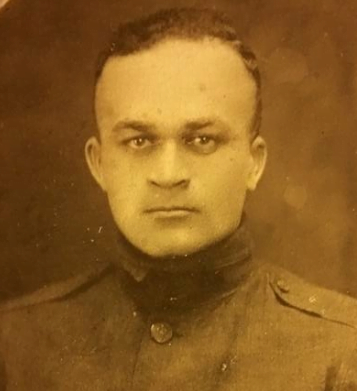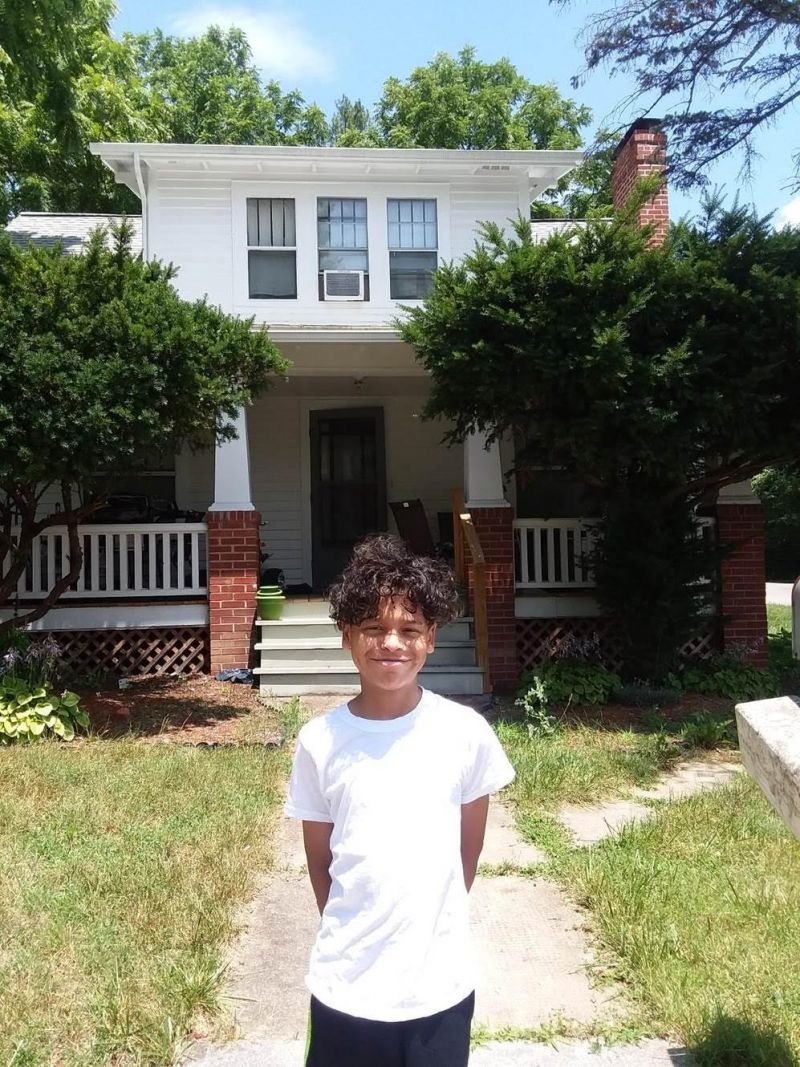If you had read his obituary in the “Negro News” of the News Messenger newspaper in the summer of 1948, you would have thought that Raymond R. Taylor, who died on a Saturday in his Blacksburg home, reports the paper, had lived an unremarkable life.

You would have thought that, you would have been wrong and you would have missed so much. African-American Appalachians like Raymond R. Taylor have been called “a virtually invisible” subset of the already dimly understood broader group of Appalachian Americans.
Their lives, often extraordinary, in a segregated, parallel world, were given short-shrift in critical historic documents like obituaries, lost to us all….or nearly lost, but family genealogy, story-telling and the digital scanning of obscure documents, maps, military musters, Polaroids and obituaries are now helping us tell those stories again, this time more completely, inspiring not just families, but everyone.
But in 1948, the two-inch obituary gives us no inkling that Raymond Taylor, 55, of Blacksburg had been, in fact, one of the elite Buffalo Soldiers, the African-American regiments of horsemen that battled Native Americans on the western frontier, built roads, protected the US mail and travelers, captured cattle thieves and outlaws and were legendary for their courage and endurance “despite suffering the discrimination and the injustice that plagued all black Americans during the days of segregation,” reads G. H.W. Bush’s 1992 presidential proclamation declaring July 28 as ‘Buffalo Soldier Day.”
Had it been a different time, you would have discovered that Taylor, hailing from Tazewell, enlisted in the US Army at 21 in 1913, that he served with Pershing in Mexico and Arizona, then when WWI came, he set off to support the vital port of Brest in western France coming home at last to Virginia in1920.
From a segregated military, he settled in segregated Blacksburg at a time when institutionalized racism was reaching a vitriolic frenzy in the US.
Working steadily in the face of segregation’s insults and injustices, reading his obituary, we wouldn’t have known he became a prosperous businessman opening Monogram Cleaners tending uniforms and capes for VPI cadets and was surrounded by successful friends and relatives.
Taylor’s story might have been forgotten were it not for his great-grandson, Joseph Snell. Snell, shared this story in conjunction with the revival of the Christiansburg Industrial Institute (Scattergood Drive, Christiansburg) that educated African American students, including Taylor’s children, in the New River Valley and beyond for 100 years.
Snell, the administrative coordinator for the Transportation Research Board at the National Academies of Sciences, Engineering and Medicine in Washington DC, is also the genealogist of his family.
“I was born at the wrong time,” he said, laughing in a phone interview. “For my generation, when the older people would talk, my peers were ready to eat ice cream or go out and play, but I was always content to listen to stories and if they were told over and over, I could commit them to memory. I was always different like that.”
Bridging generations, Snell was born at the right time too, his interest and curiosity was inspired to action by the death of a beloved grandfather in Radford he said, and enabled by the digitization of archives and a national burgeoning of amateur genealogy.
People all over the world have long been interested in exploring their family trees. The 1976 book ‘Roots’ by Alex Haley is credited with a phenomenal upswing in interest in the 20th century, and it’s been the digitization of archives and online access to records and connecting researchers to each other that has dramatically increased access to family histories.
“The reason I’m able to find out so much now is the work people do at the National Archives in Washington DC, the Montgomery Museum in Christiansburg and the Radford University archives,” Snell said. “If I had to do this in 1980, and sift through hundreds of thousands of documents…Other relatives of mine in the past had tried. It was just too hard,” he said.
Like many family genealogists, as Snell catalogues his family history, he is weaving it into the life and world of the next generation. With his son, Kimball, who is 10, dad and son tool in the car along the summer roads of Virginia visiting family graveyards, small towns, the bungalow in Blacksburg, talking as they drive.
Experiencing the questions of race in America, Kimball wants to know what his family looked like and how they lived.
“How did they make a way, especially if they looked like him?” Snell recalls. “He related to that. ‘What did they look like Daddy?’ ‘What did they do?’ and at the cemetery, ‘How did they die?’ Snell said.”
And, like all 10 year-olds, thinking about what he wants to be – Kimball is considering a policeman, a Marine, a teacher – Joseph can recount the life of someone in their family who has done those jobs too, serving as models for the boy.
“I’ll tell him about someone in our family who did that. We have a Snell relative who was a Tuskeegee airman, for example.”
“To know that his family has been intertwined in the history of the US from the beginning and that in many ways his kin have almost done it all,” Snell said, “They’d accomplished much and survived some of the worst things life and the inhumanity that some have thrown at us. To know that you are beneath or above no one and that no job is too little or too big as long as your intent is to benefit others,” Snell said.

Snell still listens to kinfolks telling family stories, he seeks out Tazewell graveyards, and visits important family sites like the deep-porched 1940s bungalow on Blackburg’s Jefferson Street where Raymond Taylor lived and died, taking his son’s picture, connecting the generations.
The amateur family genealogist. Most families have one. It’s that person who listens to family stories and remembers them, clambers through fields and forests looking for stonewalls, the foundations of houses, small cemeteries, pores over enormous old newspapers, laughing or tearing up sitting alone in a courthouse basement as they turn a page and find the obituary, the census record, the map, the birth certificate.
“It’s a joy,” Snell said. You have to pause when you see certain documents and you look at the name or picture of a family member and you say, “He was there. He walked that ground. They were at such and such a battle or when the church was founded. It’s a joy.”


